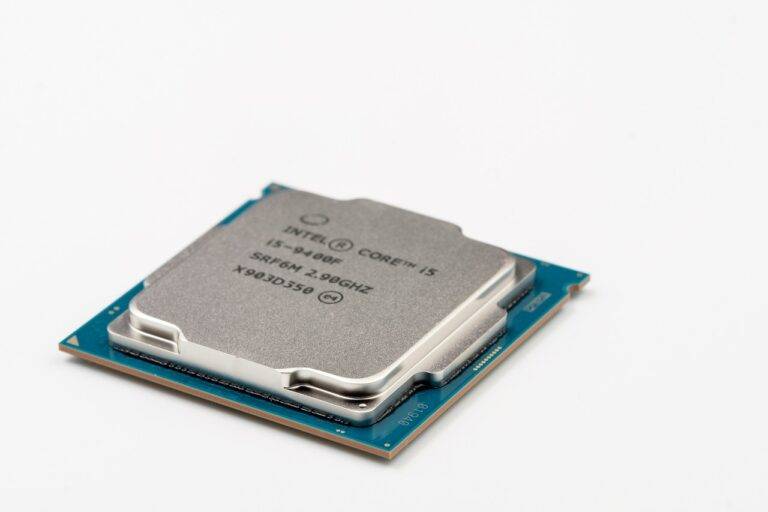The Role of Tech in Enhancing Accessibility for All
Technological advancements have revolutionized the field of assistive devices, making them more accessible and user-friendly for individuals with disabilities. These devices now boast features like advanced sensors, improved voice recognition software, and customized settings to cater to individual needs. The incorporation of artificial intelligence has also enhanced the functionality of assistive devices, enabling users to interact with technology in a more intuitive manner.
Moreover, the introduction of wearable assistive devices has further expanded the possibilities for individuals with disabilities to navigate their daily lives with greater independence. These devices, ranging from smart glasses to smartwatches, offer real-time feedback and assistance, helping users in various activities such as navigation, communication, and even health monitoring. With continuous innovation and development in this field, the future of assistive devices holds immense potential in improving the quality of life for individuals with disabilities.
Innovations in Screen Readers and Text-to-Speech Software
Screen readers have undergone significant advancements in recent years, allowing users to navigate digital content more seamlessly. New features such as natural language processing and improved voice recognition have enhanced the overall user experience. These advancements have made text-to-speech software not only more accessible but also more accurate and efficient.
Moreover, innovations in screen readers have also focused on customizability, providing users with the flexibility to personalize their reading experience according to their preferences. From adjusting reading speed to choosing different voices and accents, users now have more control over how they consume digital content. This level of customization has made screen readers and text-to-speech software more user-friendly and inclusive for individuals with diverse needs.
What are some technological advancements in assistive devices for visually impaired individuals?
Some advancements include improved screen readers, enhanced text-to-speech software, and the integration of artificial intelligence for more accurate reading capabilities.
How have screen readers evolved over the years?
Screen readers have evolved to provide more customization options for users, better compatibility with various devices and software, and improved accuracy in reading text from different sources.
What are some key features of modern text-to-speech software?
Modern text-to-speech software offers natural-sounding voices, the ability to adjust reading speed and tone, multilingual support, and compatibility with a wide range of file formats.
How has artificial intelligence impacted screen readers and text-to-speech software?
Artificial intelligence has improved the accuracy and speed of screen readers by enabling them to better understand and interpret text, resulting in more natural and seamless reading experiences for users.
Are there any upcoming innovations to look forward to in assistive technology for visually impaired individuals?
Yes, upcoming innovations include the use of advanced machine learning algorithms to enhance reading capabilities, the integration of virtual reality for immersive reading experiences, and improved accessibility features in mainstream devices and software.





